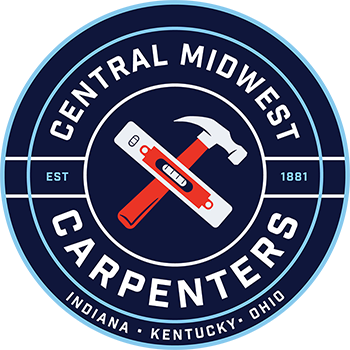Tennessee contractors avoid workers’ comp to win bids
NASHVILLE, Tenn. – The amount of growth in downtown Nashville requires a lot of labor, but not every worker is equally protected in case of injury.
The practice of winning low bids by avoiding workers’ compensation payments is called worker misclassification.
The Channel 4 I-Team has found the same thing uncovered nearly five years ago at the Music City Center is now happening right across the street.
In 2011, a drywall subcontractor with a large workforce was failing to deduct taxes of any kind or pay workers’ compensation or overtime.
Some contractors use worker misclassification to win competitive bids. They can undercut a rival by 20 percent or more by not paying into insurance pools.
“Everybody is hurt by employee misclassification, all of us,” said Scott Yarbrough with Workers Compensation Compliance. “If an employee is hurt, they don’t have a workers’ compensation policy to fall back on. The hospitals have to treat them as a charity case most of the time.”
When the I-Team investigated the Music City Center, the state had never audited a job site for compliance. They do now.
At an apartment complex in Bellevue, a subcontractor named Pablo Delgado was fined more than $87,000 for understating his payroll.
At another Bellevue complex, Aguilar Carpentry was caught misclassifying its workforce and was hit with almost $73,000 in fines.
Investigators also levied a $39,000 fine on a Vanderbilt dormitory project.
Government jobs aren’t immune. A Metro-funded project in north Nashville led to a $69,000 fine for a roofing subcontractor.
A worker at the new Westin Hotel across from the Music City Center spoke to the I-Team. He asked not to be identified.
“Yes, it’s very common. They’re still doing it,” the worker’s translator said.
The man showed us his paychecks with no tax deductions whatsoever. There was also no overtime pay, even though he works 50 hours a week.
The man said it’s done everywhere.
“He said that 95 percent of the jobs he has done, they don’t take taxes off the cash and they don’t pay time and a half overtime,” the translator said.
“It’s a huge risk for families,” Yarbrough said. “When an uninsured employee gets hurt, it starts an economic death spiral for them. They can’t pay their hospital bills. They lose their car, can’t get to work. They lose their job, lose your house.”
Many fines go unpaid. The offender has yet to pay a dime of the $87,000 fine mentioned early. Only $5,000 of the nearly $73,000 fine against Aguilar Carpentry has been collected. The subcontractor on the Vanderbilt dorm has paid less than half of what he owes. The roofer from the Metro-funded project has managed just $3,000 of the $69,000 he owes the state.
Offenders are given 24 months to pay.
“The main thing we want to see is people coming back into compliance,” Yarbrough said. “We don’t necessarily want to run them out of business. We want to give them an opportunity to pay over time.” The state just started cracking down on this in 2013.
Collections have increased from $85,000 statewide to $132,000 last year. As of Wednesday, there is still $325,000 owed by violators.
Experts said in the construction field alone, misclassification is shorting the state Medicare pool somewhere between $7 million and $42 million.


 In preparation for the upcoming holiday, Local 200 of the Indiana/Kentucky/Ohio Regional Council of Carpenters (IKORCC) volunteered to assist in the assembly of Valentine’s Day care packages for military members.
In preparation for the upcoming holiday, Local 200 of the Indiana/Kentucky/Ohio Regional Council of Carpenters (IKORCC) volunteered to assist in the assembly of Valentine’s Day care packages for military members.
 “[A]s more workers’ comp fraud cases start creeping into the headlines, authorities are cracking down on the illegal practice, and construction companies need to be aware of their legal duties to avoid the potential consequences of fraud.”
“[A]s more workers’ comp fraud cases start creeping into the headlines, authorities are cracking down on the illegal practice, and construction companies need to be aware of their legal duties to avoid the potential consequences of fraud.”
 Initially, many of unions were taken by surprise by the non-union sector’s developing economic clout. In the absence of a comprehensive counter-strategy, a number of locals and district councils adopted wage concessions in order to stay competitive with the non-union sector. Non-union employers effectively undercut that tactic by simply driving their own pay rates down further. At the same time, the ABC grew in political sophistication and became one of the linchpins of the “New Right” that propelled Ronald Reagan to the presidency in 1980.
Initially, many of unions were taken by surprise by the non-union sector’s developing economic clout. In the absence of a comprehensive counter-strategy, a number of locals and district councils adopted wage concessions in order to stay competitive with the non-union sector. Non-union employers effectively undercut that tactic by simply driving their own pay rates down further. At the same time, the ABC grew in political sophistication and became one of the linchpins of the “New Right” that propelled Ronald Reagan to the presidency in 1980.
